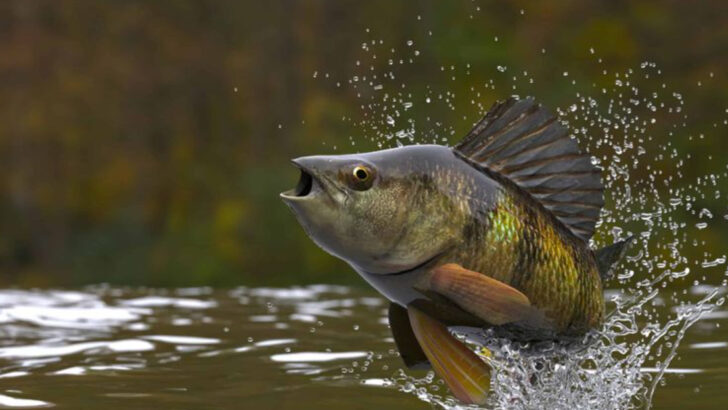In the underwater turf wars, some native fish are winning—and they’re not being polite about it.
While invasive species often get the spotlight for wreaking havoc, native fish aren’t just sitting back and watching their homes get overrun.
They’re fighting back—with speed, smarts, and some surprising strategies.
These scrappy survivors have spent generations mastering their waters.
They know the currents, the seasons, the tricks of the trade.
And when outsiders show up? They’re ready.
From clever breeding habits to aggressive feeding tactics, these 15 native fish are holding the line—and, in some cases, pushing invaders out altogether.
This isn’t just a comeback story. It’s a battle for balance—and the home team’s making waves.
Rainbow Trout
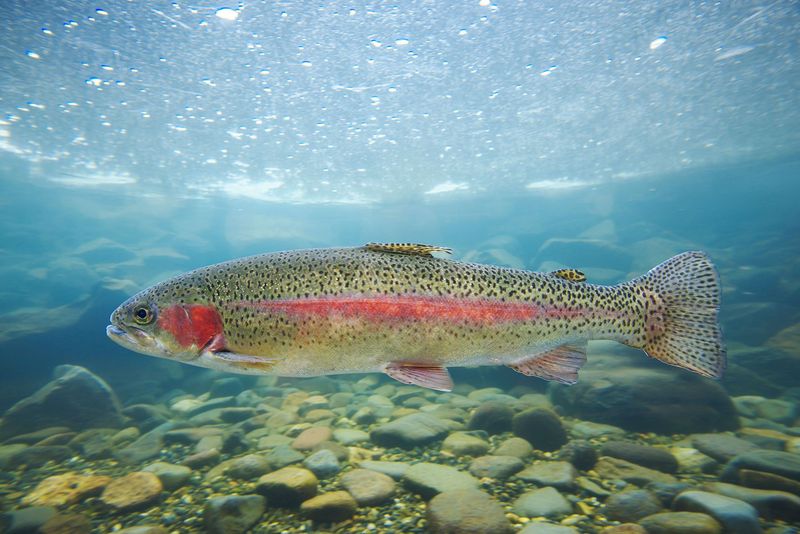
Rainbow Trout are the champions of adaptation. Originating from the Pacific, they have made their mark in various freshwater ecosystems. Their vibrant colors and agile bodies make them a sight to behold.
Adaptable feeders, Rainbow Trout consume insects, mollusks, and smaller fish, showcasing their opportunistic nature. Their impressive ability to withstand diverse environmental conditions allows them to outcompete invasive species.
Did you know? Rainbow Trout’s diverse diet and resilience make them formidable opponents against invasive species, ensuring they continue to thrive even in changing environments.
Brook Trout
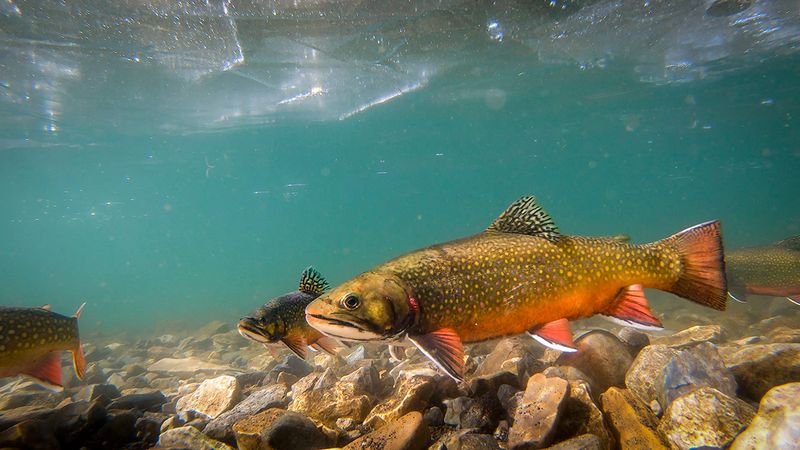
With a background as ancient as the Appalachian Mountains, Brook Trout are nature’s little gems. Their vibrant colors and unique patterns make them a favorite among anglers.
These fish are not just beautiful; they’re survivors. Brook Trout thrive in cold, clear waters and have evolved to outcompete invasive species by utilizing niches others can’t.
Brook Trout’s ability to adapt to varying water temperatures and their keen hunting skills enable them to maintain dominance, ensuring their continued success in their native habitats.
Cutthroat Trout
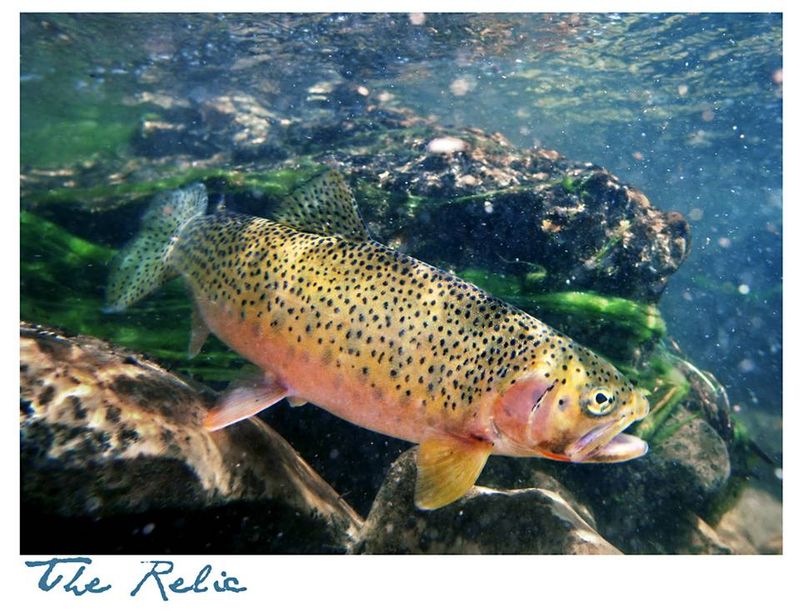
Known for their distinct red throat slashes, Cutthroat Trout are the rivers’ silent guardians. These fish are well-adapted to their environments, often found in the Western United States’ streams.
Their opportunistic feeding habits and aggressive nature allow them to outcompete many invasive species. Cutthroat Trout can thrive in both isolated mountain streams and larger rivers, showcasing their adaptability.
Their resilience to environmental changes ensures they remain as dominant figures in their habitats, often playing a crucial role in balancing the ecosystem.
Brown Trout
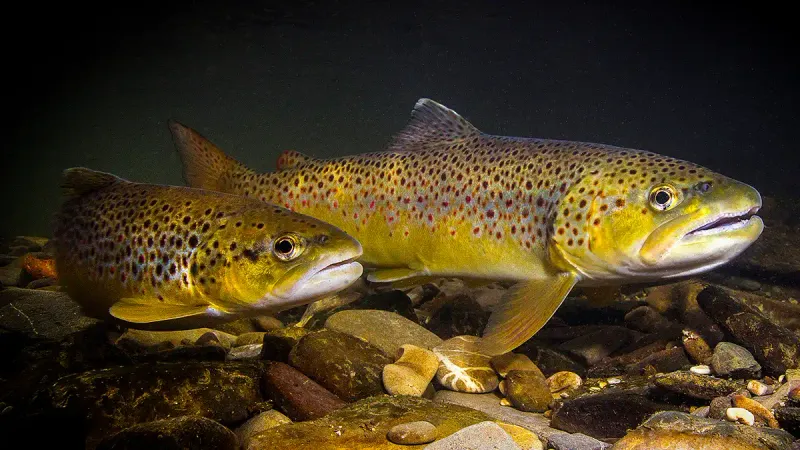
Brown Trout are the aquatic strategists. Originating from Europe, these fish have been introduced to various parts of the world, often outcompeting invasive species.
Their sharp instincts and adaptable nature enable them to thrive in diverse environments, from bustling rivers to tranquil lakes. Brown Trout’s ability to navigate different water conditions gives them an edge.
Their tenacity and adaptability have made them a staple in many ecosystems, playing a vital role in maintaining ecological balance and competing effectively with invasive counterparts.
Atlantic Salmon
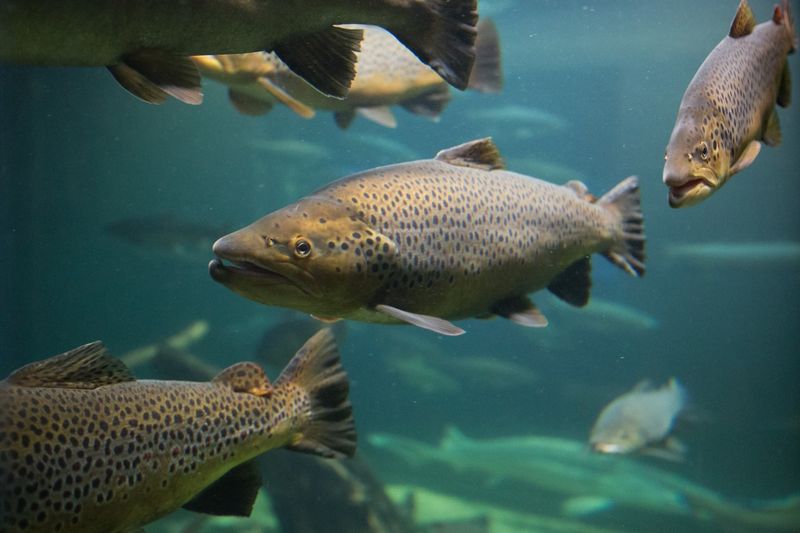
The journey of the Atlantic Salmon is one of nature’s most remarkable spectacles. These fish travel thousands of miles to spawn, showcasing their determination.
Their life cycle makes them formidable competitors against invasive species. Atlantic Salmon’s ability to navigate vast ocean distances and return to their birthplace to spawn is unmatched.
Their resilience and strength make them key players in their native habitats, ensuring the continuity of their species and the balance of the ecosystems they inhabit.
Bluegill
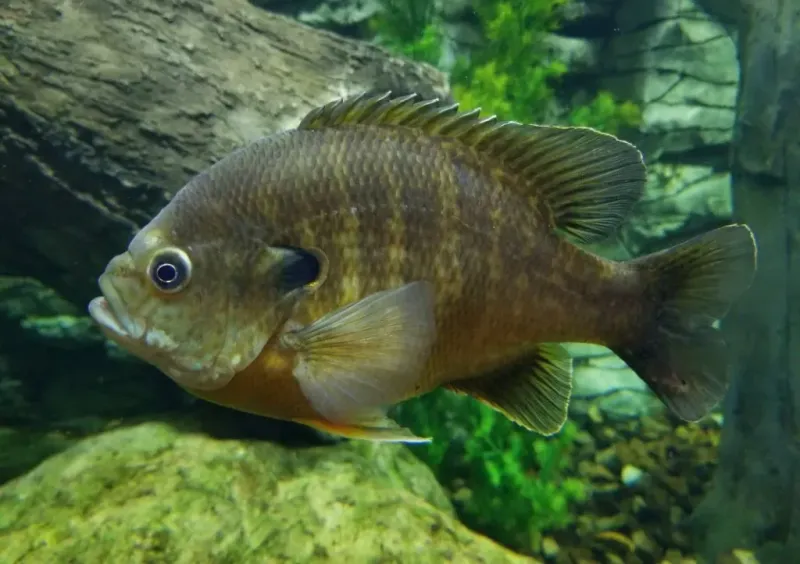
Bluegill are the sunlit warriors of freshwater lakes. With their round bodies and colorful patterns, they stand out among native fish.
These fish have a diverse diet, consuming insects, small fish, and vegetation. Their adaptability to varying water conditions and temperatures allows them to outcompete invasive species effectively.
Bluegill’s social behavior and spawning tactics ensure they maintain a strong presence in their environments, playing an essential role in sustaining aquatic biodiversity.
Largemouth Bass

Largemouth Bass, with their commanding presence, are the rulers of freshwater domains. Their broad mouths and agile bodies make them effective predators.
These fish adapt well to different environments, from swamps to clear lakes, and their diverse diet ensures they outcompete many invasive species.
Largemouth Bass’s territorial nature and strategic hunting skills allow them to dominate their habitats, maintaining their status as a top predator in their ecosystems.
Channel Catfish
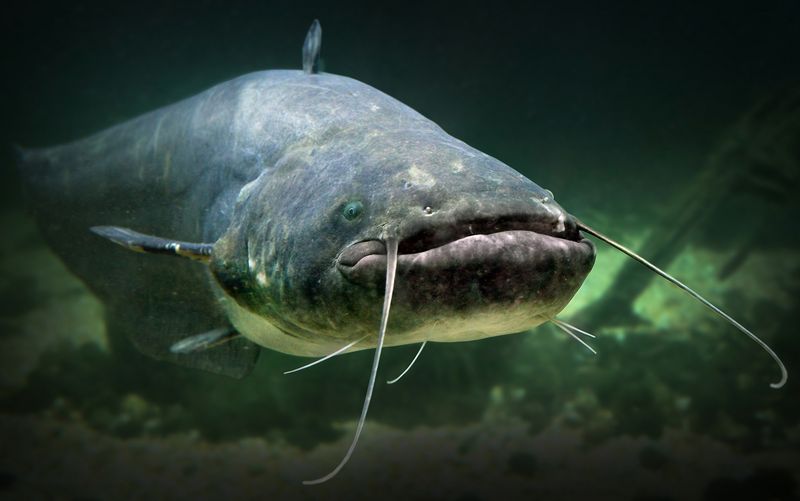
Channel Catfish, with their whiskered faces, are the stealthy hunters of the riverbed. Their unique sensory adaptations make them effective in murky waters.
These catfish consume a wide range of prey, from insects to small fish, outmatching invasive species in resource competition.
Their ability to thrive in various water conditions and their reproductive success ensure they remain a prominent species in their native environments, contributing significantly to the aquatic food web.
Smallmouth Bass
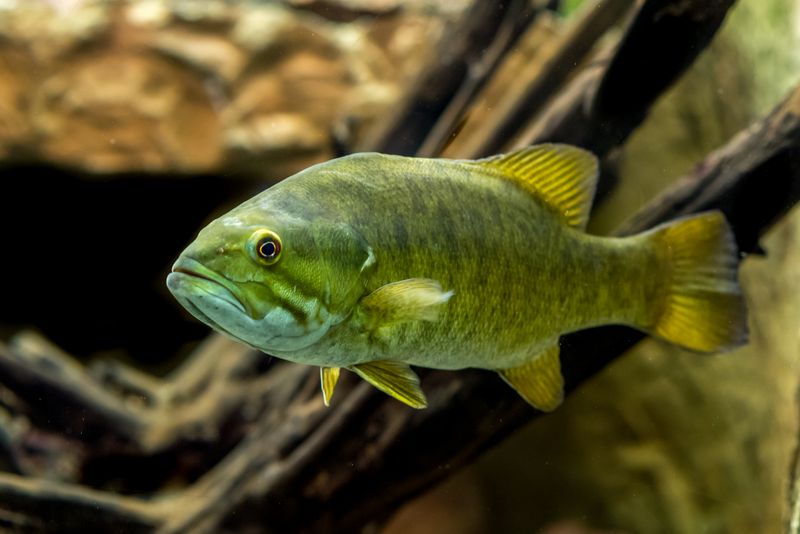
Smallmouth Bass are the agile athletes of freshwater ecosystems. Known for their fighting spirit, they are prized by anglers.
These fish inhabit clear, rocky streams and lakes, where they utilize their quick reflexes to catch prey. Their adaptability to different habitats gives them an advantage over invasive species.
Smallmouth Bass’s competitive nature and strong survival instincts ensure they play a pivotal role in maintaining ecological balance within their environments.
Northern Pike
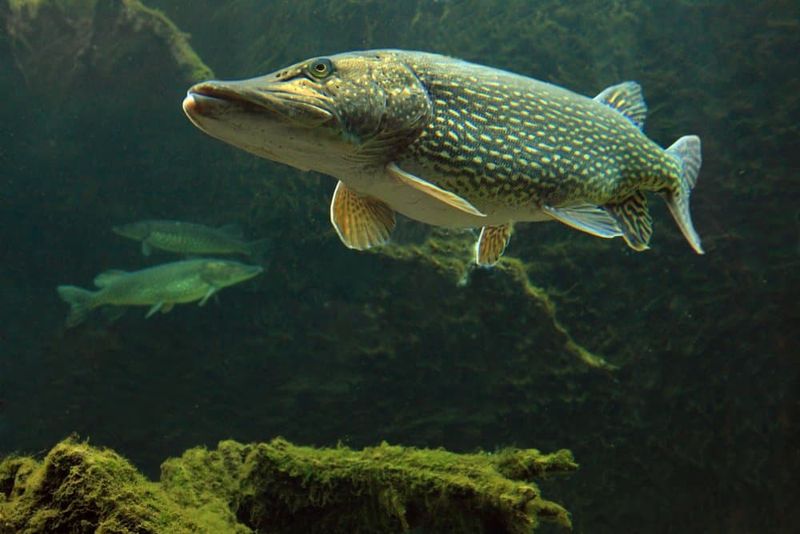
Northern Pike, with their elongated bodies and sharp snouts, are the ambush predators of northern waters. Their stealth and speed make them formidable hunters.
These fish prefer weedy lakes and rivers, where they use their camouflage to sneak up on prey. Their ability to thrive in varied water conditions allows them to outcompete invasive species.
Their aggressive hunting tactics and adaptability ensure Northern Pike remain dominant in their ecosystems, contributing to the control of prey populations.
Walleye
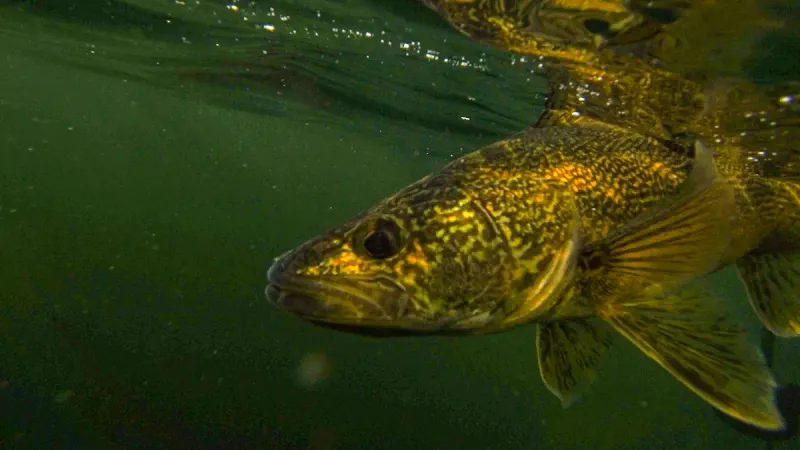
Walleye are the night hunters of freshwater lakes. Their reflective eyes and keen vision make them effective predators in low-light conditions.
These fish are known for their ability to adapt to different water temperatures and habitats, outmaneuvering invasive species. Walleye’s diverse diet includes fish, insects, and crustaceans.
Their nocturnal hunting skills and adaptability ensure they remain a key species in maintaining the balance of their native ecosystems.
Lake Trout
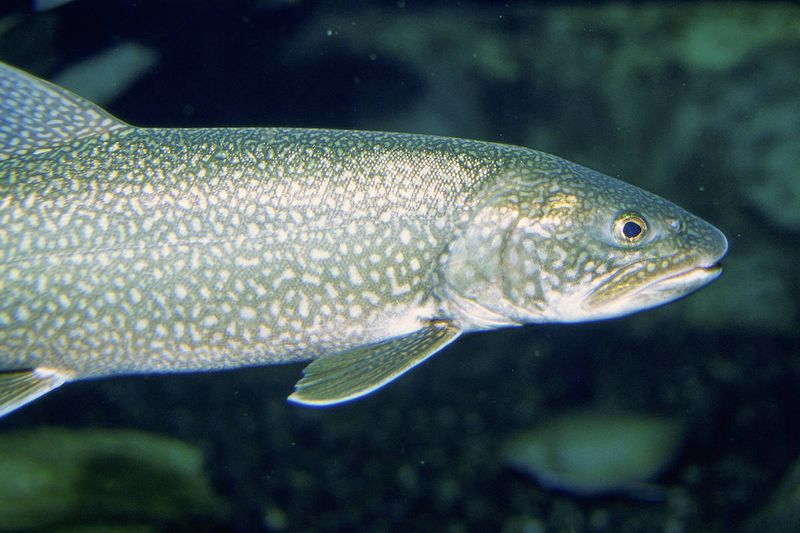
Lake Trout are the deep-water dwellers of cold, freshwater lakes. Their large size and adaptability make them formidable competitors.
These fish prefer the depths, where they hunt smaller fish and invertebrates, effectively outcompeting invasive species. Their ability to thrive in cold environments ensures their survival.
Lake Trout’s dominance in deep-water ecosystems plays a crucial role in controlling prey populations and maintaining ecological balance.
Yellow Perch
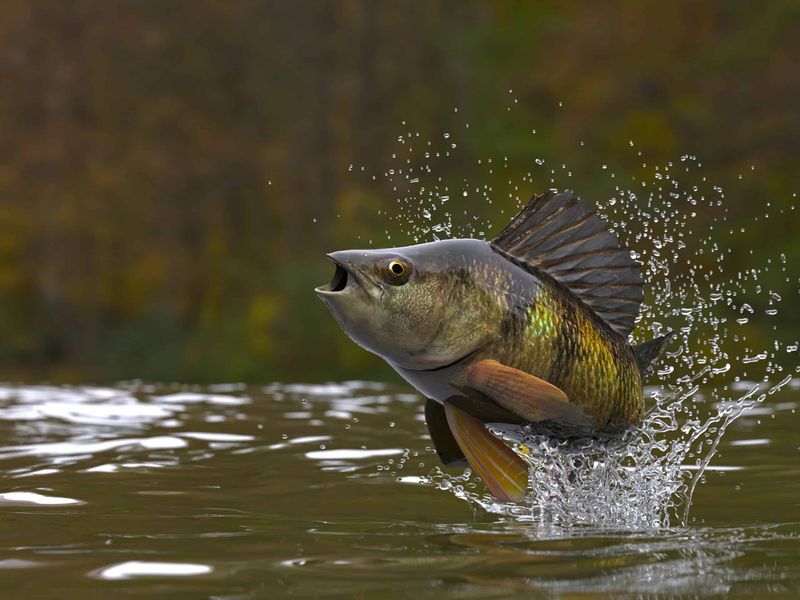
Yellow Perch, with their vibrant stripes, are the sentinels of shallow waters. Their schooling behavior and adaptability make them formidable against invasive species.
These fish occupy various habitats, from lakes to rivers, consuming insects and crustaceans. Their adaptability to different water conditions allows them to thrive.
Yellow Perch’s role in their ecosystems is significant, as they help maintain the balance by controlling prey populations and providing food for larger predators.
Sockeye Salmon
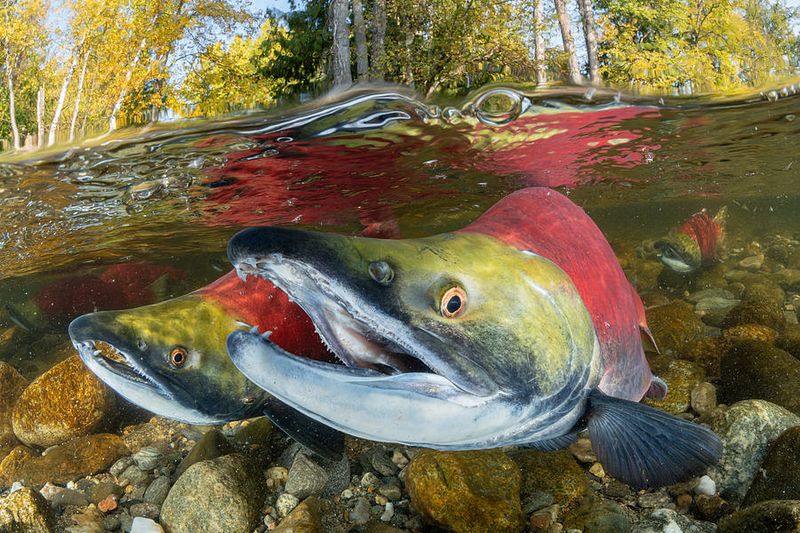
Sockeye Salmon are the vibrant voyagers of the Pacific Northwest. Their striking red coloration during spawning season makes them unmistakable.
These fish undertake long migrations from ocean to freshwater to spawn, showcasing their endurance. Their lifecycle and adaptability to both marine and freshwater environments give them an edge over invasive species.
Sockeye Salmon’s role in nutrient cycling and ecosystem support is vital, as they contribute to the health of both aquatic and terrestrial environments.
Coho Salmon
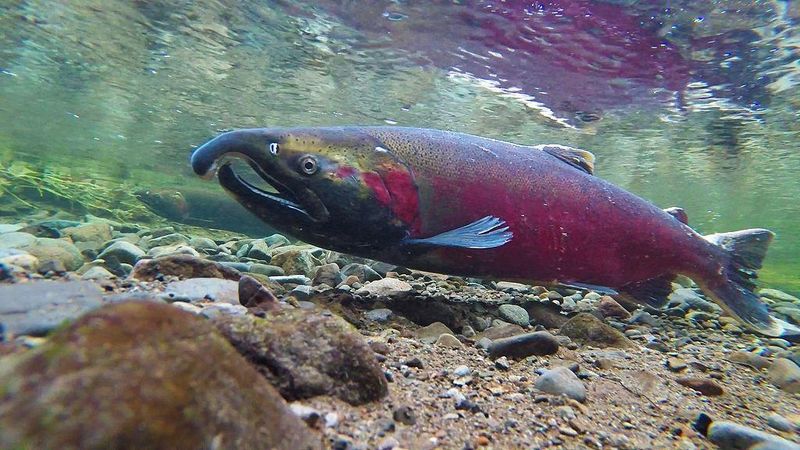
Coho Salmon are known for their leaps and bounds. Their silver bodies glint in the water as they navigate their way upstream to spawn.
These fish are adaptable to varying habitats, from coastal waters to inland streams, outmatching invasive species in their resilience. Coho Salmon’s lifecycle allows them to contribute significantly to nutrient distribution.
Their presence in aquatic ecosystems is crucial for maintaining balance, as they provide both ecological benefits and a source of sustenance for predators.

